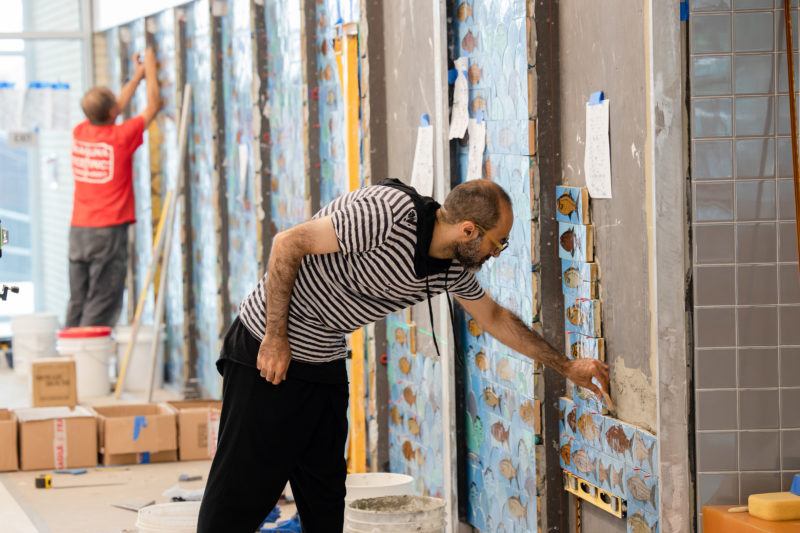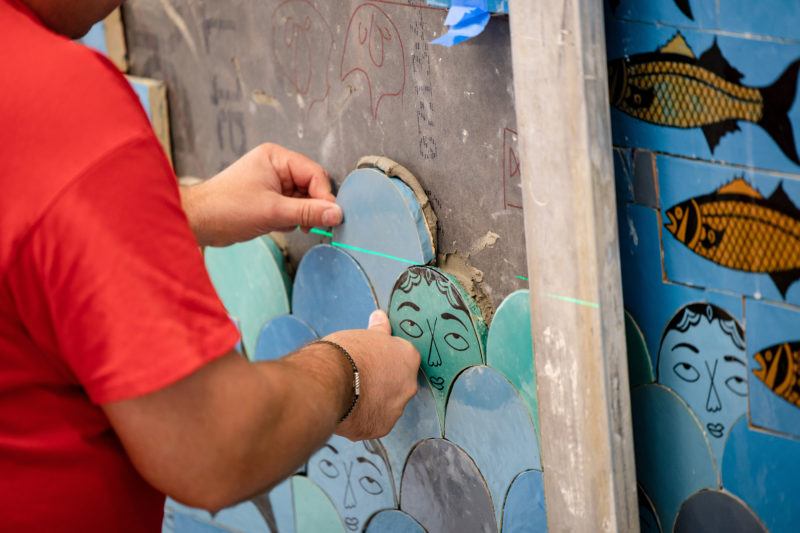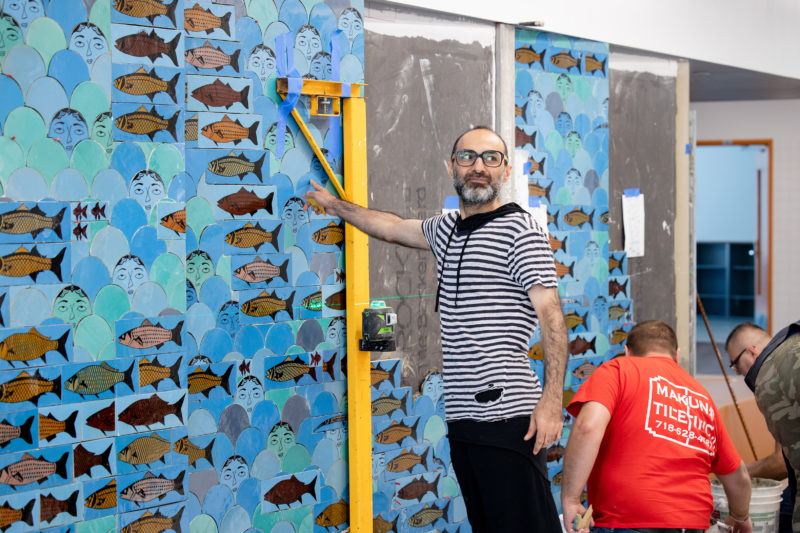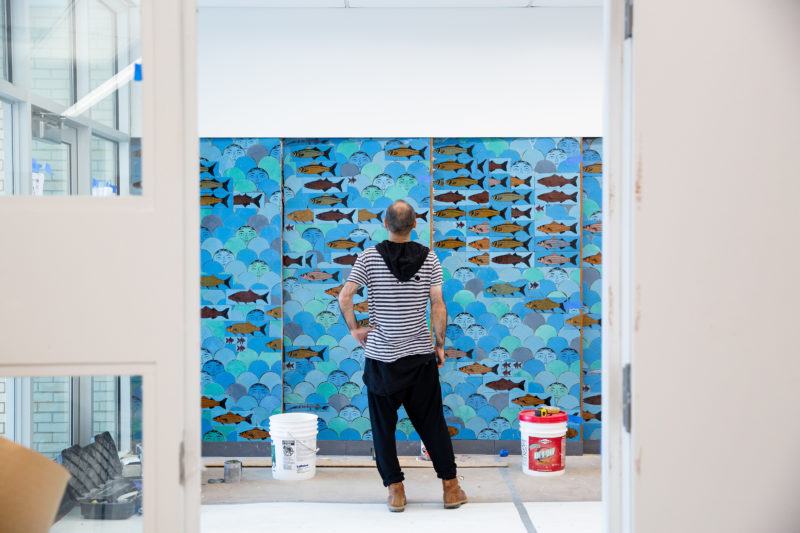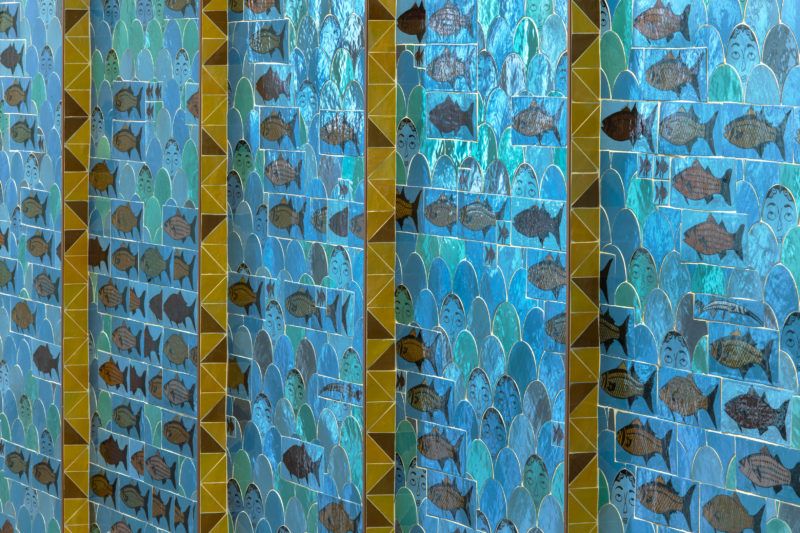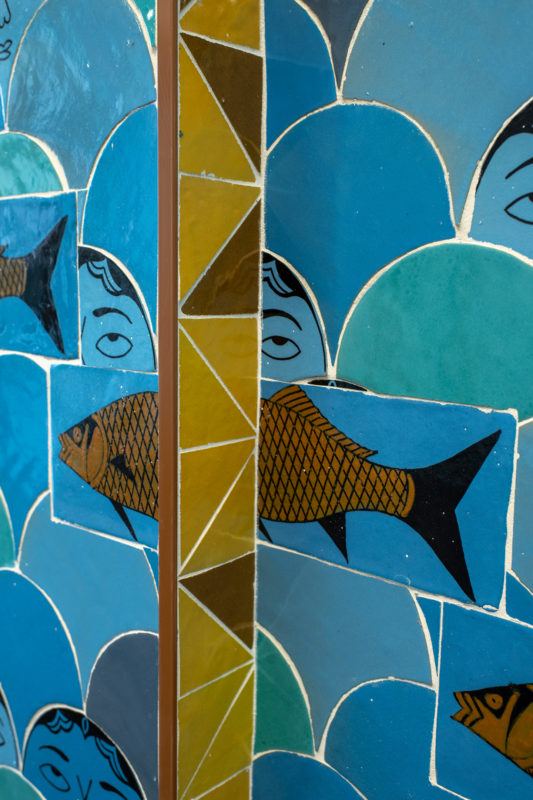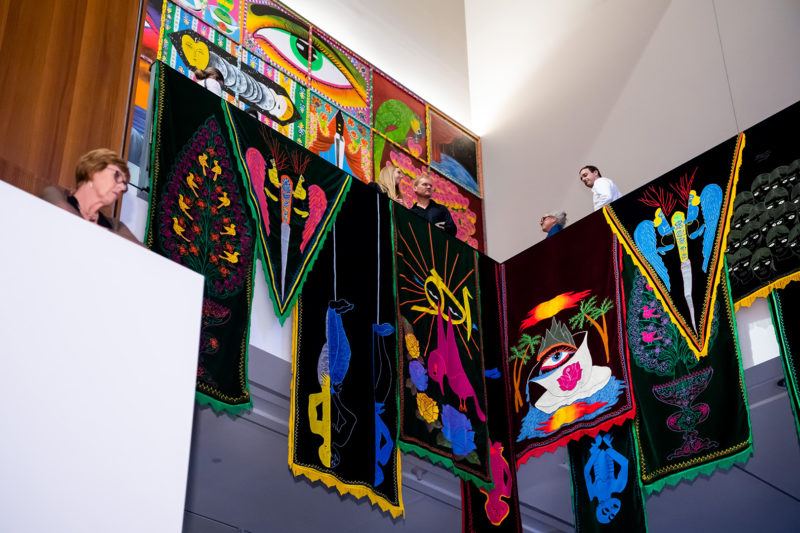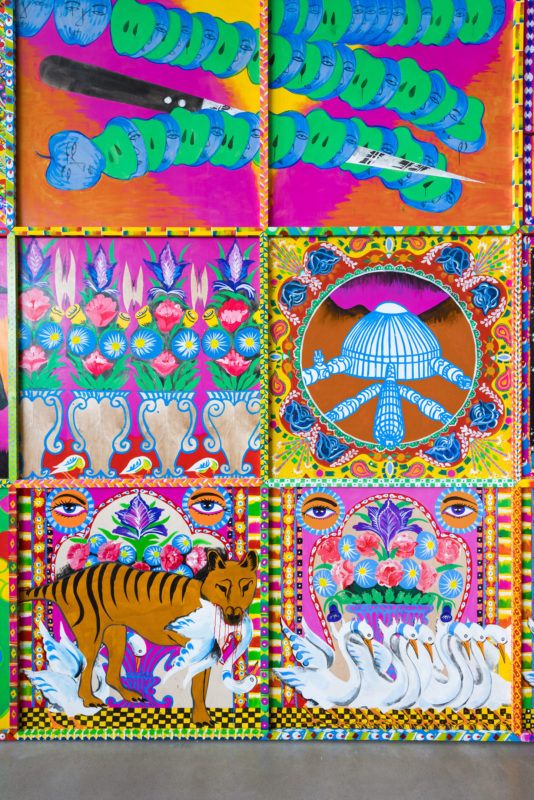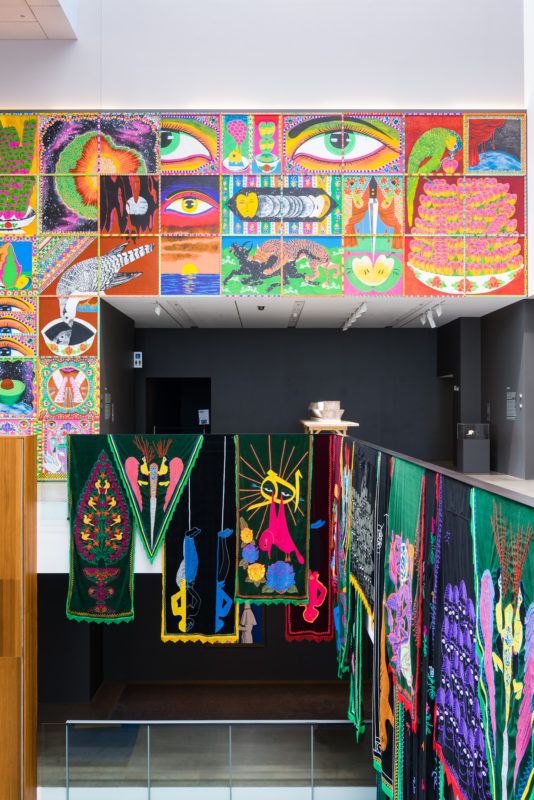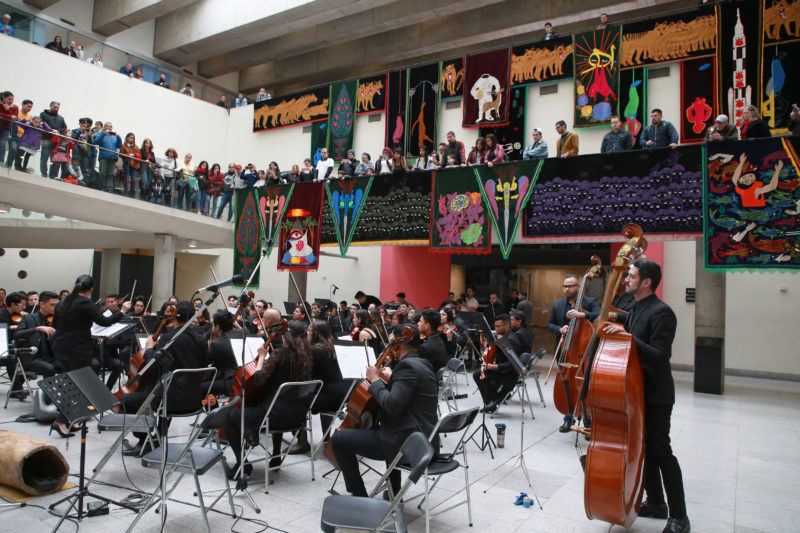Big Question
How Can Context Transfigure Culture?
Iman Raad defines becoming an ambivalent non-ambassador to his culture
Let me begin with a passage from the book Art and Agency (1998) by anthropologist Alfred Gell:
“Culture has no existence independently of its manifestations in social interactions; this is true even if one sits someone down and asks them to ‘tell us about your culture’—in this case the interaction in question is the one between the inquiring anthropologist and the (probably rather bemused) informant.”
The same can be easily applied to “art”; the representation of “art of other cultures” can’t be separated from the social context in which the art is received.
In the case of my practice and nearly all contemporary “artists of other cultures” whose work circulates in a global or multicultural setting, it is essential to question the relation of the work—that supposedly represents the artist’s culture or identity—to the recipients of their work. The recipients in this case are typically Western-trained spectators such as art-going publics, patrons, curators, and art critics, or Euro-centric institutions like art museums, academies, or art schools.
Artists do not usually make art for no reason, they make them in order that they should be received by a public. Just as any art object indexes its origins in the activity of an artist, it also indexes its reception by a public—the public it was primarily made “for.” For instance, we know that an ancient Persian art object in The Metropolitan Museum of Art was never intended for a Western eye. But whose eye is a contemporary artwork by an Iranian-born New York-based artist intended for?
In my view, the global art world—which we are aware formed through Euro-centric knowledge and Western institutional settings—is the intended circulating milieu of almost all art objects of “other cultures” which we usually call “contemporary.” And if it is not the case, they are most likely undecodable to a Western eye, therefore they are received and marginalized as ethnographic art or some sort of inaccessible culture-specific art. As a consequence, there is an underlying force that persuades an artist to intend their art in an accessible form for an interpellated art spectator. That setting empowers the agency of recipients of a work of art and represses the artist’s subjectivity; therefore, a colonialist relationship is continually reproduced between the artist and the recipients of their work.
An artist of other cultures learns over time, through a positive reinforcement process, that their success depends on the satisfaction of spectators. For instance, in the MFA program where I studied painting in the U.S., if I proposed a culturally-specific or inaccessible work of art like a Persian calligraphy work, I would miss the great chance of a productive group critique. This pressure continues after school. In a hostile art scene like New York—where survival strategies are essential, especially for immigrant artists—your life is likely tied to the satisfaction of Western institutions and the global art market.
It is true that by providing a context for non-Western art, this art can become accessible to a Western public to some extent. As a result of this, an art of another culture would have to be understood within the provided context. But providing context itself is a complex and problematic process, usually causing a distorted understanding of other cultures, generalizing them and marginalizing smaller groups like minorities within minorities. These weakly-provided “contexts of other cultures” generate expectations and demands from artists, and therefore cultivate “ambassadors to cultures.”
Being an ambivalent non-ambassador, I reject my work to, by any means, encode symbolic propositions about my culture or history, but it indexes my culture naturally and deeply. For instance, spectacularity, which is a crucial quality of my work, indexes my culture. The Western philosophical basis of contemporary art and the inherent trace of anti-decoration sentiments in the history of European taste causes a hesitation to assess ornamentation as a self-sufficient artistic form, but rather as vehicles of symbols. In that sense, my work might be interpreted as opaque or “only beautiful” because I refuse to encode symbolic propositions about my culture or my identity. I see spectacularity and beauty as a form of resistance against my role as an ambassador to my culture, or a narrator of my stories, or any form of representation that might hinder the subjectivity of me as an artist and empower the spectators as observers of art from other cultures. I’d like to keep insisting that rather than a spectator or subject observing, there must be a possibility to engage art as a dialog between two subjects.



